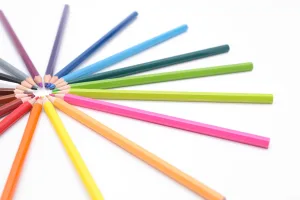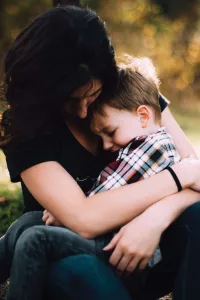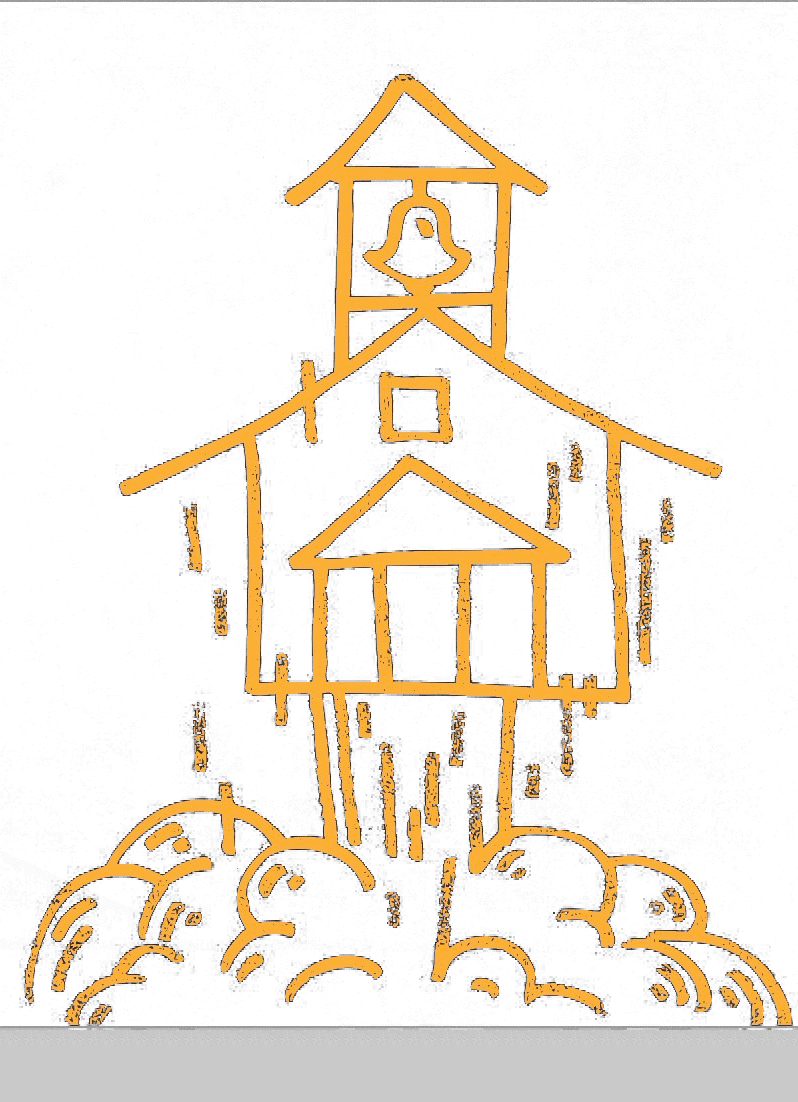While homeschooling my own children, we used an innovative funding program called OpenEd. This is a program that started in Utah as My Tech High, and provides a flexible learning approach to students. By enrolling them as home-based students in a partner public school district, OpenEd is able to pass through some of the allotted public school funds to the students’ parents to use for educational expenses.
One year, two of my sons wanted to learn to build computers. They did the research and the budgeting, and were able to design computers that they could afford to build using their OpenEd funds. After ordering the parts and building their computers, they had nicer computers than they had ever had before. They had of course learned things in the process of designing and building them, and they were going to continue using them for many educational opportunities including coding, video editing, typing practice, and writing work. I felt good about using their funds for this educational purpose, and yet, I wondered what this experience might teach my boys—essentially handing them money that they did not earn to get nice computers for their personal use.
Having worked in the arts and written many grants in my former life as a ballerina, I decided to teach my boys about the concept of grant reports. I explained that the money they used for their computers was essentially a grant from taxpayers (via the government who collected the taxes), and that the goal of the grantor was to help them learn and grow. After receiving a grant, the recipient reports on the ways they were able to use the funds for said goals. This was simple to facilitate for my kids in this situation, as OpenEd required weekly “learning log” submissions. In exchange for their computers, my kids spent the rest of that school year writing several-sentence reports each week about what they had been learning as a result of their “grant money” investment.
We were grateful for OpenEd, which has served and continues to serve families in Utah and other states who are seeking alternative education. I think programs like theirs paved the way for more school choice legislation that enables education funding to follow students. In 2023, the Utah legislature passed an educational savings account (ESA) program called The Utah Fits All scholarship. While currently facing judicial scrutiny, this program joins the ranks of 15 other states that have similar universal school choice funding programs.
I am now a microschool founder and operator, and have several students who are able to use their Utah Fits All scholarship to attend my school. Because my school is a self-directed learning center, and we give our learners space to direct their own learning, we have many conversations about resources and how best to use them for our personal and community goals. I have reflected on the concept of educational funding, and the process of determining how to spend those funds for the benefit of the learner. I wish to propose three cases for making learners bigger stakeholders in the process of spending educational funding, something we can do when we use ESAs to empower learners’ families with school choice:
- Appreciation: At the very least, an awareness of where the funding comes from, and at best, a sense of gratitude for it. I grew up in public school and don’t remember being aware that my education was being paid for by tax dollars. It never occurred to me, nor do I think it was ever explained to me, that the people in my community paid taxes on their property and/or income, and had voted to use that money to make sure I had a place to learn, teachers to teach me, books to read, and so on. Teaching kids where educational funding comes from—that it is a gift from their community to help them learn—has the potential to increase gratitude, stewardship, and even generosity in the next generation.
- Better resource management. One observation I have made by following learners’ interests is that education can be much more inexpensive than we think—even free. Adults spend the money on all the ways we think the kids will learn or should learn, or on all the things we want them to learn. When we ask the kids what or how they want to learn, we usually find that much of it can be learned using free online tools, YouTube videos, library books, and with simple supplies like pen, paper, and household items. Also, when we hold back to let them drive their learning, we find that they can be very resourceful—not to mention all the skills they are learning by knowing how much things cost, and choosing whether to spend or find a way to do it for less or free.
- School choice funding can be used for unique learning environments where kids can thrive. When families are empowered to choose how and where their kids learn, they can pay tuition for microschools and other private programs that fit their children’s unique needs. When children are able to attend school in a place that works with their developmental needs, their interests, and their learning styles, they own their learning journey, and value their learning community. Love of learning and appreciation for their community fuels them. They know that education is a privilege, and they can know that this is a gift their community gave them.
I was once worried that educational funding would lead to entitlement or laziness in my kids. I would argue today that it can be used intentionally to teach kids appreciation, promote active engagement with their learning journey, and learn responsible resource management. With school choice programs, education becomes a more valued gift from taxpayers, enabling families to choose the best educational setting for their children.





